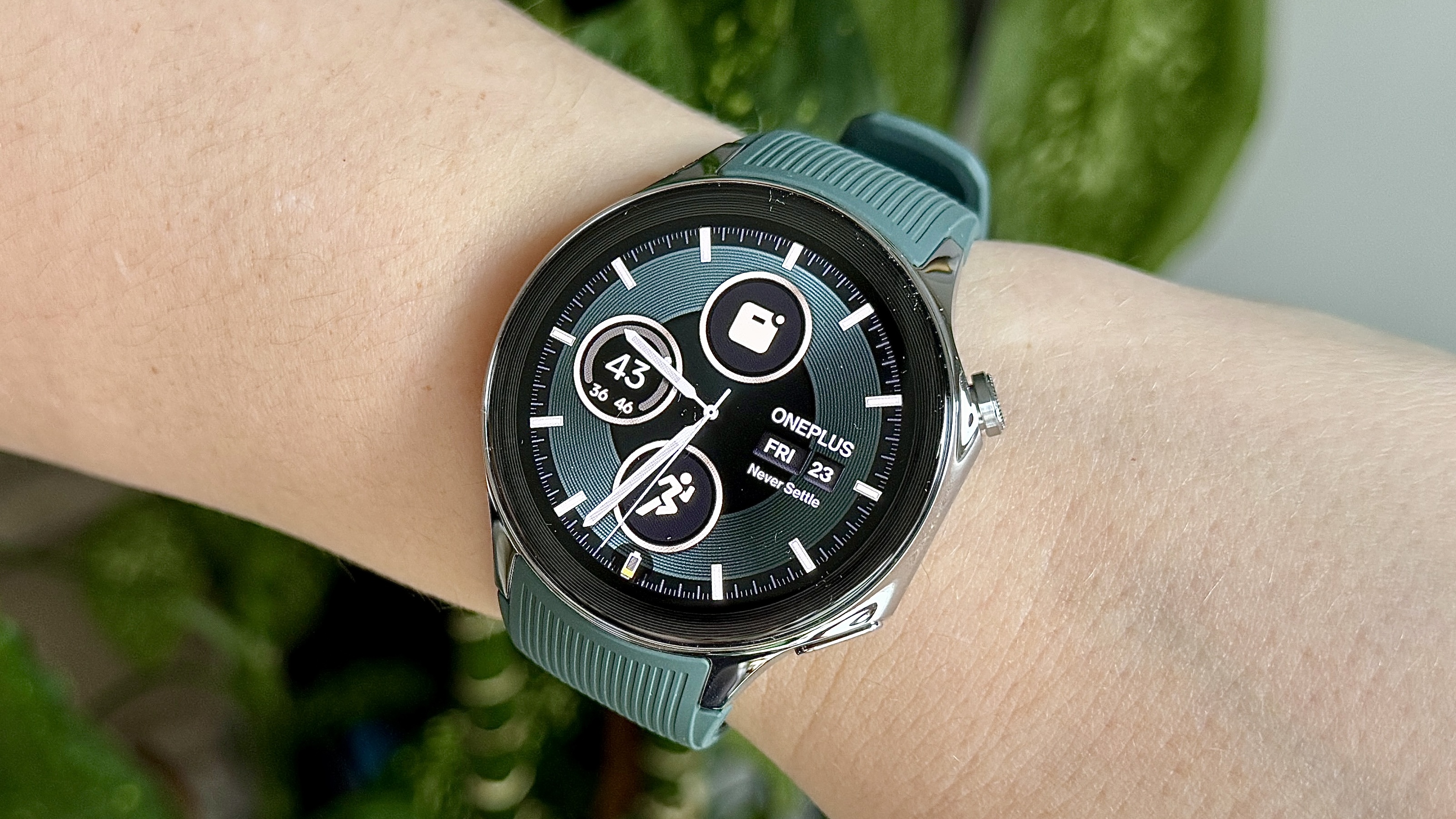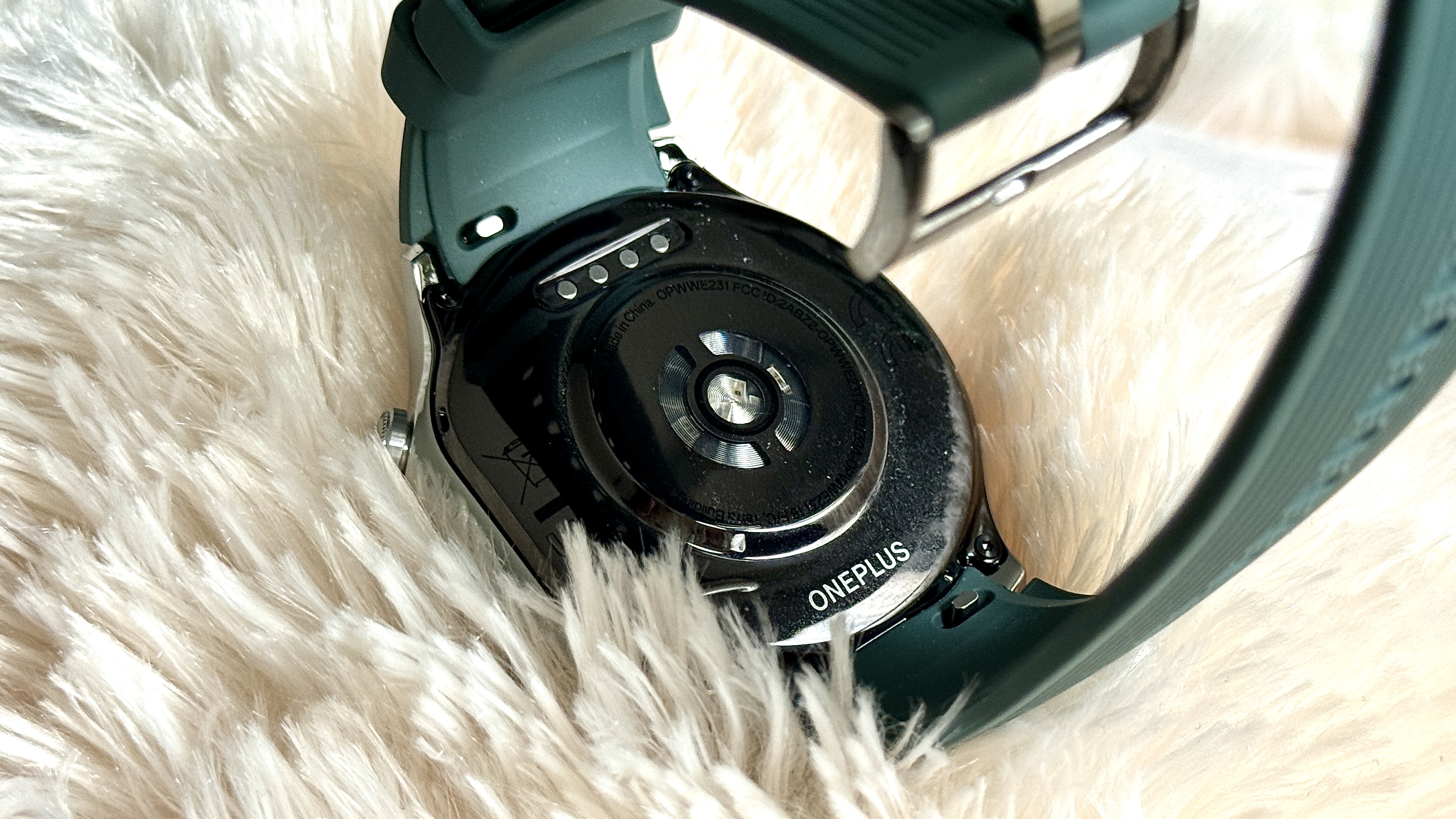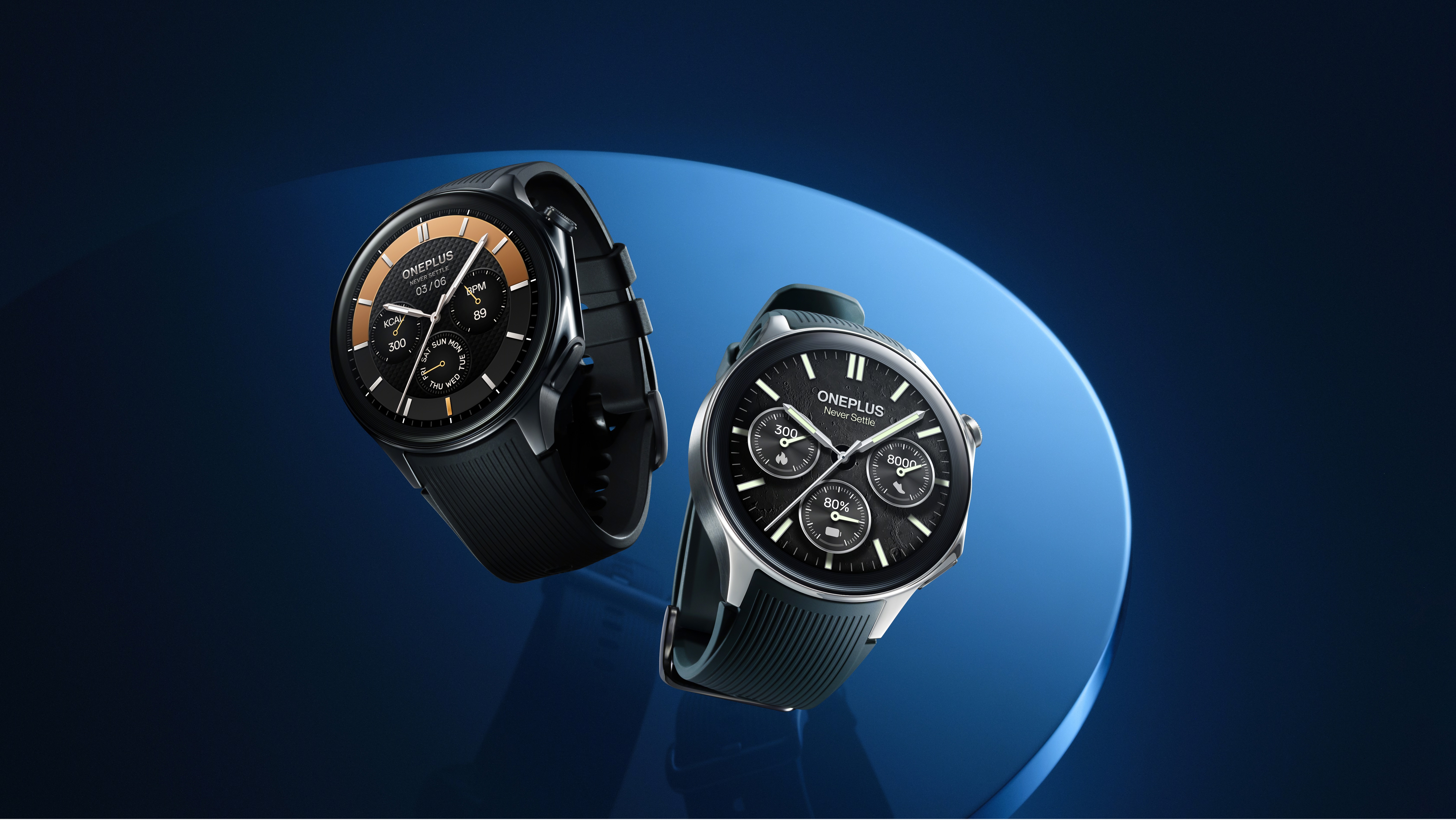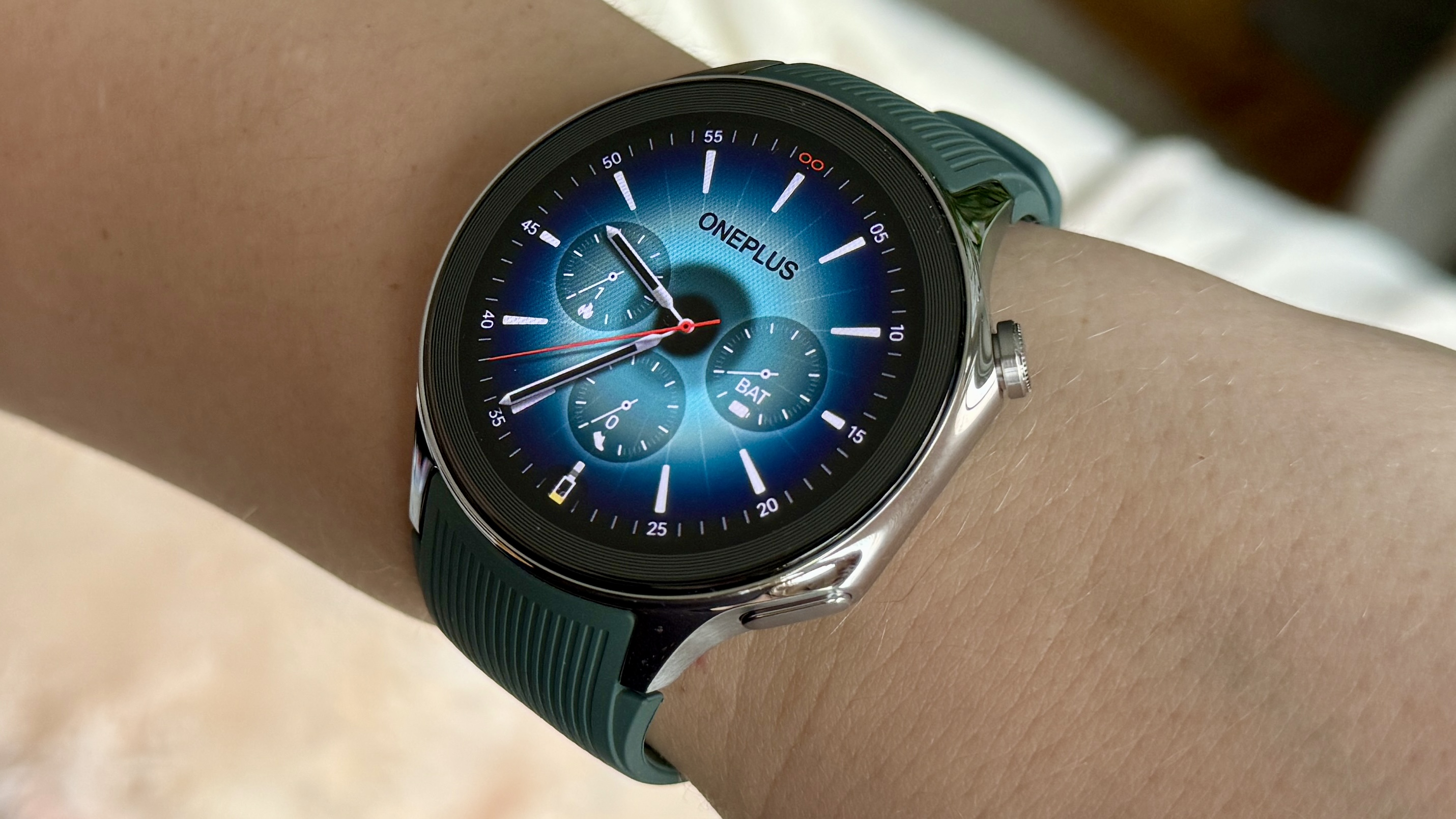OnePlus Watch 2: How OnePlus turned its mediocre first attempt at a wearable into something amazing
OnePlus and Qualcomm execs on how to make two chipsets work as one, why battery life is so important and more

The OnePlus Watch 2, freshly launched at MWC 2024, has us impressed. Not only as an upgrade over the underwhelming original OnePlus Watch, but also as a well-priced but well-equipped premium smartwatch. And this has a lot to do with the unusual way that OnePlus went about developing its new wearable.
In a small group interview at MWC, Justin Liu, GM of the Wearable Business Unit at OnePlus and Dino Bekis, VP and GM of Wearables & Mixed Signal Solution at Qualcomm, shed some light on what went into the OnePlus Watch 2, from its concept to how the dual brain of its watch works to deliver the ideal mix of performance and efficiency.
Lessons learned
Justin Liu, speaking via translator, described the OnePlus Watch 2 a "tremendous upgrade" over the original OnePlus Watch, admitting that the functions of the company's first smartwatch were quite limited.
"We have conducted user surveys and identified that battery life and third-party applications are big pain points of our users. That's why when we started our work for the Watch 2 we decided that battery life would be a key focus of our next-generation product… and that Wear OS was a must."
The battery question would be settled by the Watch 2's twin chipsets — more on that below. Whereas third party apps, not an option on the original OnePlus Watch's RTOS software, required the move to Google's recently revamped Wear OS platform.
"After we launched OnePlus Watch 1, we had been thinking about what kind of product we wanted to bring to users in the future, and we came to the conclusion that we wanted to deliver a premium flagship smartwatch to our users, so we made the decision [to use Wear OS] very quickly."

This choice is in part why the price of the OnePlus Watch 2 has almost doubled from the original OnePlus Watch, up from $159 to $300. But Liu sees this as a justified move.
Sign up to get the BEST of Tom's Guide direct to your inbox.
Get instant access to breaking news, the hottest reviews, great deals and helpful tips.
"In general we have made a significant improvement to both the software and hardware of OnePlus Watch 2 and the price is also positioned according to its powerful performance," adding that "I believe in the same price range, the Watch 2 is a really competitive product."
There's some truth to this. Even with this increase, the OnePlus Watch 2 is cheaper than the $349 Pixel Watch 2, and the same price as the standard, but smaller, Galaxy Watch 6.
Two brains, one goal
One thing we wanted more detail on was the most unique part of the new OnePlus smartwatch — its two operating systems, Wear OS and RTOS — which operate simultaneously via two different chipsets working in tandem.
Liu noted that "this has not been achieved by any other product in the market right now," but hastened to add that "we are not doing the two systems just for the sake of it."
For Liu, the reason for this peculiar internal design comes back to battery life, one of OnePlus' key selling points for its new wearable. Liu boasted that "when it runs on Wear OS, the battery can last up to 100 hours, while on RTOS, it can last a full 12 days."
Dino Bekis however had a more holistic take on the benefits. "if you treat things as two separate items, they work, but they will not work in a way that optimizes power or gets you the best performance or a seamless interface."

Liu then went on to explain how the two systems work together. "If there is a notification, or I swipe left or right [on the main watch face screen] to check sleep data or the weather, it's run by RTOS. However, if I use more complex functions like checking an app like Google Maps, Wear OS is activated. If I exit Maps and go back to the watch face, the system will switch back to RTOS."
"Wear OS and RTOS can run independently, and also the RTOS can help Wear OS take care of some simple tasks, to help us save battery."
So as you go through your day, the watch will switch operating systems back and forth multiple times, passing information such as notifications between them as needed. But importantly, Liu noted, "users won't notice it".
"They can do whatever they like, they don't need to think about whether it is RTOS or Wear OS because the two systems can switch seamlessly."
Key partners
Liu also told us about OnePlus' unique partnership with Google, makers of Wear OS, and Qualcomm, maker of the Watch 2's Snapdragon W5 performance chipset. "Of course the reason we can make it possible is because of the collaboration and support of our partners such as Qualcomm and Google"
Bekis elaborated on this. "Our focus was how do we look at the end goal, which is user experience, and work at ways that we can optimize how we manage notifications, how we manage interactions, and provide that feedback to the Wear OS team so they can do some optimizations. It really was a three-way collaboration, very intense over about one year of closely working together, but I think the results speak for themselves."
One size and incomplete crown controls — for now
There are understandable questions about some of the OnePlus Watch 2's other design choices, such as having only one size available (most rivals offer two size options to better fit user preferences and wrists), and why the watch's crown spins but doesn't actually control any function.
The size of the watch was dictated by the battery, according to Liu, but he hinted at that changing down the line. "In developing this product we decided we need to deliver a good battery life, which would be supported by a good battery size. Currently, we only have one size because of the battery size… in the future, smaller watch sizes will be an option for us."

As for the question of the crown, apparently it's missing this common functionality because of OnePlus concentrating on the brand-new elements of the watch.
"We need to focus our resources on the real issues our users care most about… so that's why we have decided to simplify some software interactions. You can still press the crown to control some of the functions. However, this time we didn't combine the spinning wheel with these interactions because we want to simplify the experience." He also added "we believe in the future we will be able to deliver a more comprehensive experience to our users," which gives us some hope for the future.
The OnePlus Watch 2 has shown an incredible amount of growth in just a single generation. But there are still places it can further develop, be that through software or a whole new hardware iteration. Things are looking bright though, with OnePlus' off-the-wall ideas and close ties with important hardware and software partners clearly paying dividends.
More from Tom's Guide

Richard is based in London, covering news, reviews and how-tos for phones, tablets, gaming, and whatever else people need advice on. Following on from his MA in Magazine Journalism at the University of Sheffield, he's also written for WIRED U.K., The Register and Creative Bloq. When not at work, he's likely thinking about how to brew the perfect cup of specialty coffee.
